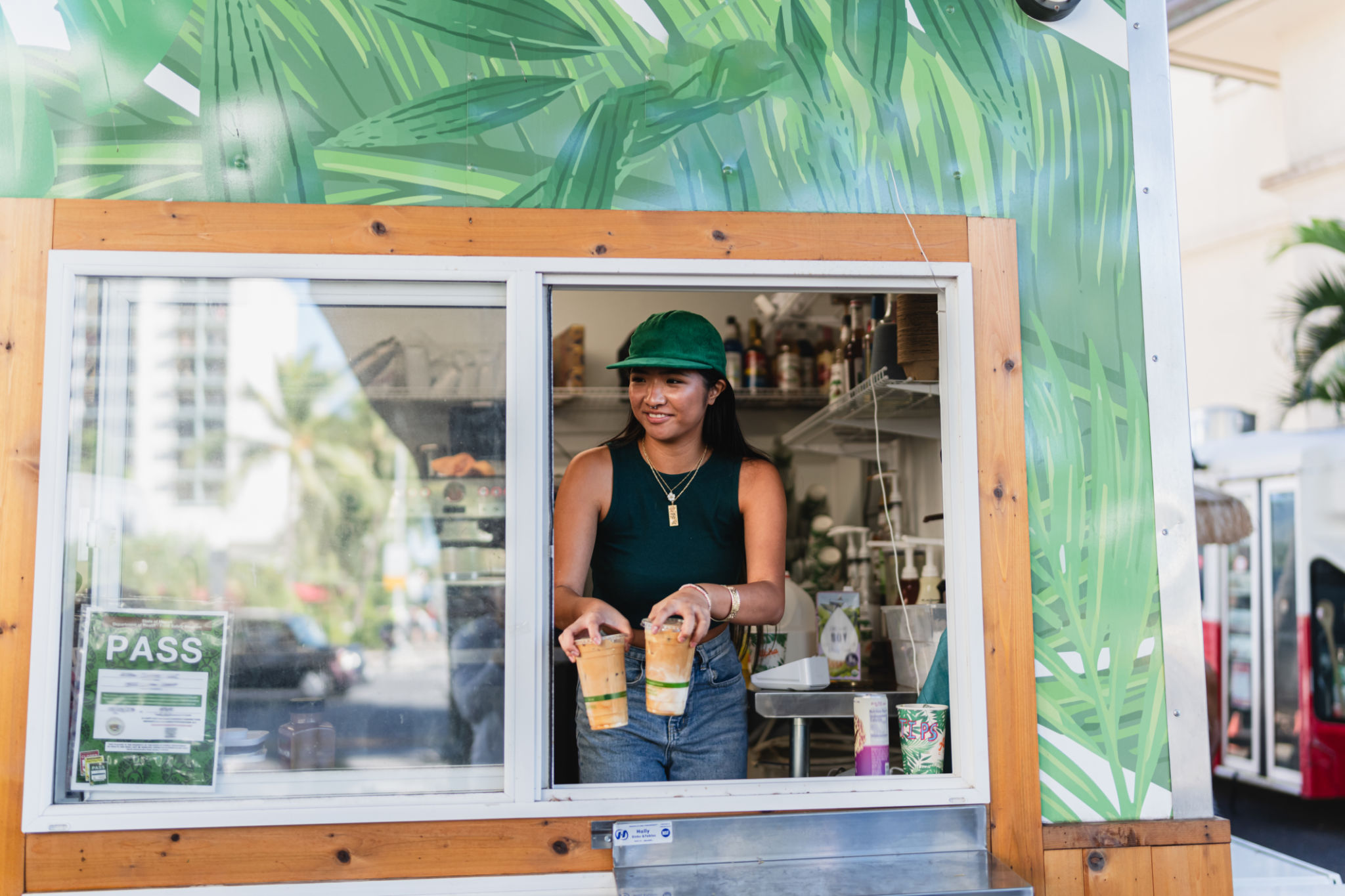Comparing Food Truck vs. Restaurant: Pros and Cons
Introduction
The culinary world offers a variety of business models, with food trucks and traditional restaurants being two of the most popular. Each comes with its own set of advantages and challenges, catering to different types of entrepreneurs and customers. In this blog post, we'll delve into the pros and cons of running a food truck versus a restaurant, helping you decide which might be the better option for your culinary venture.

Cost Considerations
Initial Investment
One of the most significant differences between food trucks and restaurants is the initial investment cost. Food trucks generally require a lower upfront investment. Purchasing or leasing a food truck and outfitting it with necessary equipment tends to be more affordable than securing a location and building out a restaurant space.
On the other hand, restaurants typically involve higher costs due to expenses like rent, utilities, interior design, and staffing. However, they may also offer greater financing options given their perceived stability and potential for higher long-term returns.
Flexibility and Mobility
Location and Reach
Food trucks provide unmatched flexibility in terms of location. They can move to different spots based on demand, attend events, or explore new areas. This mobility allows them to reach a broader audience and adapt quickly to market changes.

Restaurants, by contrast, are fixed locations. While this can limit their reach to some extent, it also allows them to build a loyal customer base that regularly visits the establishment. A consistent location can lead to stronger community ties and a more predictable flow of customers.
Operational Challenges
Space and Resources
The compact nature of food trucks can pose challenges in terms of space and resources. Limited kitchen space often means a more restricted menu, and food preparation can be constrained by the available equipment. This can necessitate efficient planning and multitasking on the part of the staff.
Restaurants benefit from larger kitchens, allowing for more extensive menus and specialized equipment. This additional space can enhance operational efficiency but also demands more staff management and coordination.

Permits and Regulations
Both food trucks and restaurants are subject to local health codes and regulations. However, food trucks often face more complex permitting processes due to their mobility. They need permits for each location they operate in, which can be time-consuming and costly.
Regulatory Compliance
Restaurants typically have a more straightforward regulatory process since they operate from a single location. While they still need to comply with health and safety standards, these requirements tend to be more stable once initially met.
Customer Experience
The customer experience can differ significantly between food trucks and restaurants. Food trucks offer a casual, outdoor dining experience that appeals to those looking for quick, affordable meals on the go. This makes them popular at festivals, markets, and urban hotspots.
Restaurants, however, can provide a more traditional dining experience with table service, ambiance, and a broader menu selection. They are ideal for customers seeking an event-like dining experience or celebrating special occasions.
Conclusion
Deciding between operating a food truck or a restaurant depends on your business goals, budget, and the type of experience you wish to offer your customers. Food trucks offer flexibility and lower startup costs, while restaurants provide stability and a comprehensive dining experience. Consider your target market, operational preferences, and long-term vision when making this crucial decision for your culinary business.
